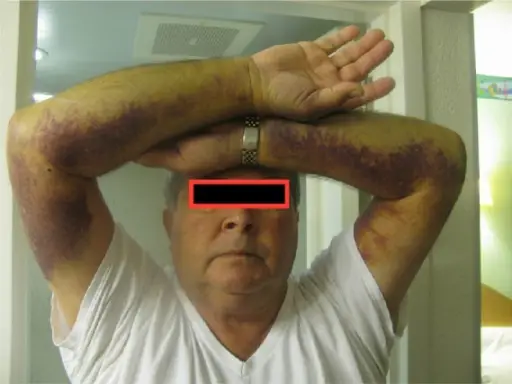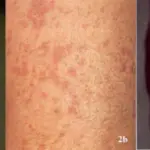Hemophilia A is a recessive syndrome of bleeding triggered by qualitative/quantitative defects relating to the factor VIII-vWF complex.
What is the Pathology of Hemophilia A?
The pathology of hemophilia A is:
-Etiology: The cause of hemophilia A is inherited or acquired genomic mutation X-linked recessive pattern, a factor VIII deficiency.
-Genes involved: multiple coagulation factor deficiencies 2 (MCFD2, lectin mannose binding protein 1 (LMAN1).
-Pathogenesis: The sequence of events that lead to hemophilia A results from a decrease in the amount and activity of factor VIII that obliges as a cofactor for factor IX in the activation of factor X in the coagulation cascade.
-Morphology: Clinical feature correlates with the level of factor VIII activity,< 1% leads to severe disease, 2 to 5% moderate disease, 6 to 50% causes mild disease.
-Histology: Red blood cell changes.
How does Hemophilia A Present?
Patients with hemophilia A typically occurs predominantly in males present at an age range of childhood and adulthood. The symptoms, features, and clinical findings associated with hemophilia A include hematemesis, melena pain, stiffness of the joint, weakness, orthostasis, tachycardia, tachypnea. Renal colic, epistaxis, and hemoptysis may also be present.
How is Hemophilia A Diagnosed?
Hemophilia A is diagnosed through CBC count, prothrombin time, activated partial thromboplastin time, FVIII assay tests, and FVIII inhibitor assay tests.
How is Hemophilia A Treated?
Hemophilia A is treated through prophylaxis, managing hemostasis, managing factor VIII (FVIII) inhibitors with plasma-based FVIII concentrates. Pain medications and monoclonal antibody therapy- emicizumab. I.V recombinant activated factor VII.
What is the Prognosis of Hemophilia A?
The prognosis of hemophilia A is good with appropriate education and treatment.



